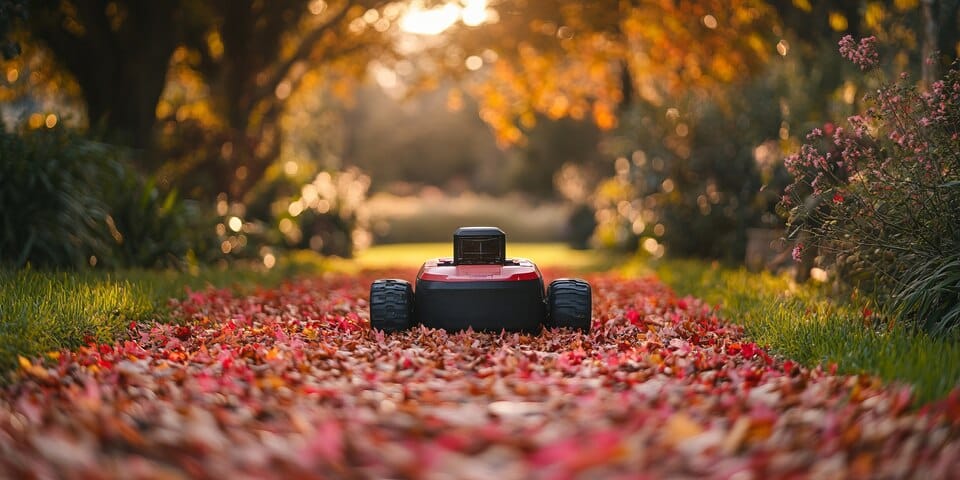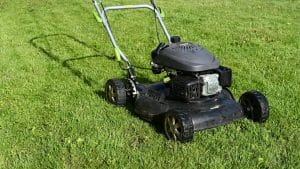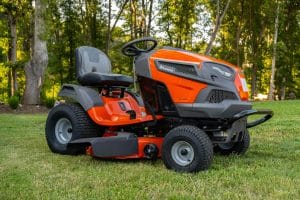Imagine setting up for a relaxing afternoon when your remote lawn mower suddenly grinds to a halt. Without warning, it loses signal, leaving you with a lawn half-mowed and a bit of a conundrum. This scenario isn’t just a nuisance; it disrupts your routine and adds to your weekend to-do list. Remote lawn mowers are designed to make our lives easier, taking on the chore of mowing while we kick back and relax. However, like any technology, they’re not immune to hiccups.
A steady, reliable signal is the backbone of effective remote mowing. This connection ensures your mower knows where to go, when to stop, and how to navigate your garden flawlessly. Maintaining a healthy signal isn’t just about keeping the grass trimmed. It’s about preventing mishaps, saving time, and avoiding the hassle of manual lawn care. So, let’s dive into what might cause this signal to drop and how you can tackle it.
Common Causes of Signal Loss
Signal issues with remote lawn mowers can crop up due to various factors. By identifying these common culprits, you can quickly assess and rectify the problems without losing your sanity—or your perfectly manicured lawn.
1. Weather Conditions: Rain, dense fog, or heavy snowfall can interrupt the seamless functionality of your mower. Moisture can affect the signal transmission, causing lapses that leave your mower stranded. It’s useful to keep an eye on the weather forecast, especially during unpredictable seasons.
2. Physical Obstructions: Tall grass, fallen branches, or thick shrubs can block or weaken the signal. If your garden resembles a jungle, it’s likely this is affecting how well your mower communicates with the base. Ensuring regular trimming and clearing can help maintain a clear path and strong connection.
3. Interference from Electronics: Other electronic gadgets or underground cables can cause signal interference, leading your mower astray. Devices such as Wi-Fi routers or hidden cables buried in the ground can disrupt the frequencies that guide your mower. Observing where and when the mower loses signal can provide clues as to whether this interference is at play.
By understanding these potential hurdles, you can take swift action. Ensure the setup of devices and the landscape around your mower are optimized for uninterrupted operation. In the next section, let’s explore practical troubleshooting steps to handle signal interruptions efficiently.
Troubleshooting Steps
When your remote lawn mower loses its signal, you don’t have to panic. There are a few straightforward steps you can take to troubleshoot and hopefully restore its smooth operation.
First, check the immediate area of the mower for any physical disturbances. Look for objects like a fallen branch or a stray ball that might block the signal path. Simply removing the obstruction can often fix the issue.
Next, have a look at the mower’s remote control or the application used to operate it. Ensure the connection settings show that the device is paired correctly. If you’re experiencing repeated signal drops, restarting the app or device can sometimes resolve the issue.
– Inspect for physical damage: Check the mower itself for any visible damage or signs of wear and tear which might impact its performance.
– Assess battery levels: Ensure that both the mower and its remote control have enough charge as low power can weaken the signal.
– Test connectivity: Try moving the base station closer, if possible, to see if this enhances the signal strength.
These initial steps can often help troubleshoot the issue, but sometimes you must dig a little deeper.
Preventative Measures
Keeping your remote lawn mower in top condition doesn’t have to be a challenging task. Some simple preventative measures can save a lot of trouble down the road.
Conduct regular maintenance checks to keep everything running smoothly. Make sure the mower’s software is up to date to support optimal performance. Manufacturers release updates to fix bugs and improve efficiency, so it’s important to check regularly for any available updates.
Consider the placement of your router or any signal-extending devices. Ensure they’re situated in an area where the signal can travel uninterrupted. Try placing the router higher to avoid any signal reflection off the ground or thick vegetation.
Lastly, set a routine for cleaning and maintaining your mower. This can involve checking the blades, wheel alignment, and any sensors to ensure they aren’t being hindered by dust or grass clippings. Making these a part of your regular garden upkeep can help maintain a clear and steady connection.
When to Seek Professional Help
Despite your best efforts, if the signal problems persist, it might be time to call in a professional. Some issues can be more complex and might require specialist tools or expertise to resolve.
Situations that may need expert attention include: persistent connectivity problems that don’t improve after troubleshooting, hardware damage that affects signal transmission, and technical issues related to software that are beyond basic updates.
Professional help not only fixes the problem but also offers peace of mind knowing that your equipment is in expert hands. They can provide targeted solutions and suggest upgrades or replacements if necessary. Plus, regular check-ups by a professional team ensure your mower remains efficient, giving you the freedom to enjoy a consistently well-maintained garden without the hassle.
Enjoy Seamless Lawn Mowing in the UK
By addressing these signal issues, you’ll keep your mower on track and your lawn looking great. It’s all about understanding the tech and taking simple steps to sustain connectivity. You’ll find the time spent on upkeep is worth the flawless performance it brings. With a bit of usual maintenance and attentive troubleshooting, you ensure that your remote lawn mower remains a reliable garden companion, ready to tackle the grass at any call.To ensure your gardening experience remains hassle-free, explore the benefits and options available with a remote lawn mower UK. Stay ahead of signal issues and enhance your lawn’s upkeep by visiting Revill Mowers, where you’ll find helpful solutions to keep your mower running smoothly across any garden in the UK.















